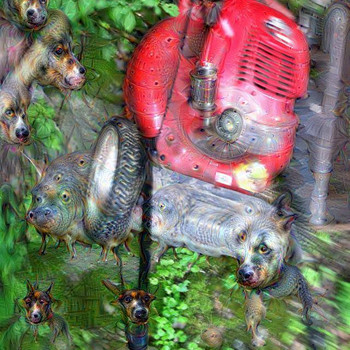Question #e9c21
1 Answer
The extra mass is converted into energy. In this case, most of the missing mass is emitted as a photon.
Explanation:
Masses of the particles are:
The mass of the neutrino (
Notice that I've listed the masses in terms of their energies. This is done using Einstein's famous equation which shows how mass and energy are equivalent:
The missing energy goes into forming a photon (or gamma ray:

